
Ueno: Tokyo's Cultural Heartbeat
Discover Ueno: A cultural treasure trove in Tokyo, blending historic temples, bustling markets, and serene parks, perfect for art lovers and history enthusiasts alike.
Ueno, located in Tokyo, Japan, is a neighborhood brimming with cultural richness and historical significance. As one of Tokyo's oldest and most vibrant districts, Ueno offers a unique blend of traditional Japanese charm and modern urban appeal. Its picturesque streets are lined with museums, parks, and historical sites that make it a must-visit destination for any traveler. Ueno Park, the crown jewel of the neighborhood, is a massive green space that houses several important cultural institutions. Here, you can explore the Tokyo National Museum, which boasts an impressive collection of Japanese art and artifacts, or visit the Ueno Zoo, home to a diverse array of animals, including the famous giant pandas. During springtime, Ueno Park becomes a hotspot for cherry blossom viewing, attracting both locals and tourists who come to enjoy hanami (flower viewing) picnics under the blooming sakura trees. The nearby Ameya-Yokocho Market, a bustling shopping street, offers a different kind of experience. This lively market is filled with vendors selling everything from fresh seafood and local snacks to clothing and souvenirs. It's the perfect place to immerse yourself in the local culture and grab some unique finds to take home. Ueno is also home to several traditional temples and shrines, such as the serene Kaneiji Temple, providing a peaceful retreat from the city's hustle and bustle. For those interested in the arts, the Ueno Royal Museum frequently hosts exhibitions featuring works from both Japanese and international artists. Additionally, the neighborhood's proximity to other popular areas like Asakusa and Akihabara makes Ueno an excellent base for exploring more of Tokyo's diverse attractions.
Local tips in Ueno
- Visit Ueno Park early in the morning to avoid crowds, especially during cherry blossom season.
- Check the schedule for special exhibitions at the Tokyo National Museum before your visit.
- Wear comfortable walking shoes as Ueno is best explored on foot.
- Carry cash for purchases at Ameya-Yokocho Market as some vendors may not accept credit cards.
- Plan your visit to Ueno Zoo around feeding times for a chance to see the animals at their most active.
Ueno: Tokyo's Cultural Heartbeat
Ueno, located in Tokyo, Japan, is a neighborhood brimming with cultural richness and historical significance. As one of Tokyo's oldest and most vibrant districts, Ueno offers a unique blend of traditional Japanese charm and modern urban appeal. Its picturesque streets are lined with museums, parks, and historical sites that make it a must-visit destination for any traveler. Ueno Park, the crown jewel of the neighborhood, is a massive green space that houses several important cultural institutions. Here, you can explore the Tokyo National Museum, which boasts an impressive collection of Japanese art and artifacts, or visit the Ueno Zoo, home to a diverse array of animals, including the famous giant pandas. During springtime, Ueno Park becomes a hotspot for cherry blossom viewing, attracting both locals and tourists who come to enjoy hanami (flower viewing) picnics under the blooming sakura trees. The nearby Ameya-Yokocho Market, a bustling shopping street, offers a different kind of experience. This lively market is filled with vendors selling everything from fresh seafood and local snacks to clothing and souvenirs. It's the perfect place to immerse yourself in the local culture and grab some unique finds to take home. Ueno is also home to several traditional temples and shrines, such as the serene Kaneiji Temple, providing a peaceful retreat from the city's hustle and bustle. For those interested in the arts, the Ueno Royal Museum frequently hosts exhibitions featuring works from both Japanese and international artists. Additionally, the neighborhood's proximity to other popular areas like Asakusa and Akihabara makes Ueno an excellent base for exploring more of Tokyo's diverse attractions.
Iconic landmarks you can’t miss
Ueno Zoological Gardens
Discover Tokyo's oldest zoo, Ueno Zoological Gardens, home to diverse wildlife and engaging exhibits in a beautiful park setting.
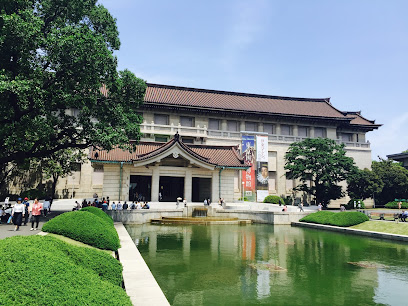
Ueno Park
Discover the beauty and culture of Ueno Park, Tokyo's green heart featuring museums, cherry blossoms, and serene landscapes perfect for exploration.

Tokyo National Museum
Discover Japan's artistic and historical treasures at the Tokyo National Museum, a cultural landmark in the heart of Ueno Park.
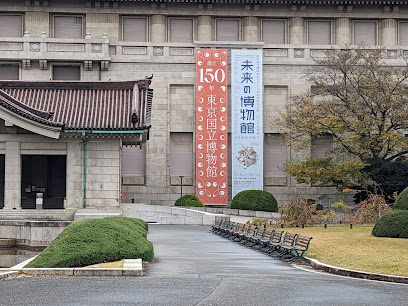
Shinobazu Pond
Explore the beauty of Shinobazu Pond, a serene oasis in Tokyo's Ueno Park, perfect for nature lovers and those seeking tranquility in the city.
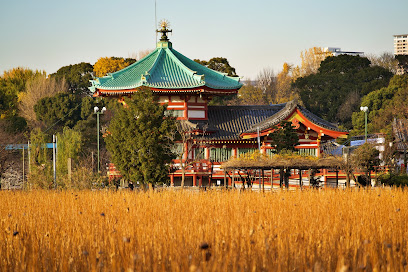
Ueno Ameyoko Shopping District
Discover the bustling Ueno Ameyoko Shopping District in Tokyo, where traditional markets meet modern shopping in a vibrant cultural experience.
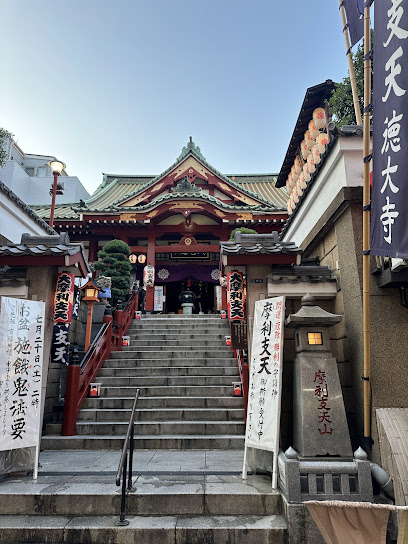
Ameyoko Shopping District
Explore the vibrant Ameyoko Shopping District in Tokyo, where street food, unique shops, and cultural experiences await every visitor.
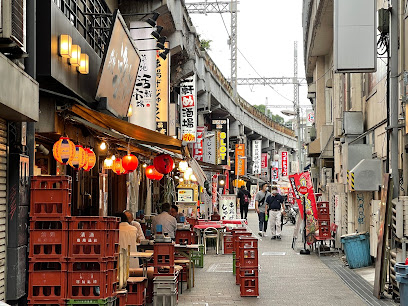
Ueno Toshogu Shrine
Explore the historical and spiritual beauty of Ueno Toshogu Shrine, a serene oasis in the heart of Tokyo's bustling Ueno Park.
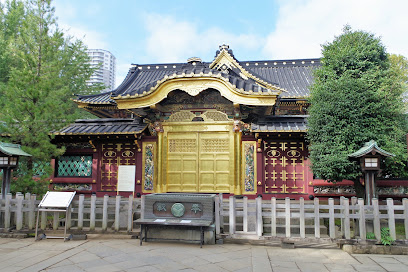
Shinobazunoike Benten-do
Experience the serene beauty of Shinobazunoike Benten-do, a Buddhist temple in Tokyo's Uenokoen, perfect for spiritual reflection and cultural exploration.
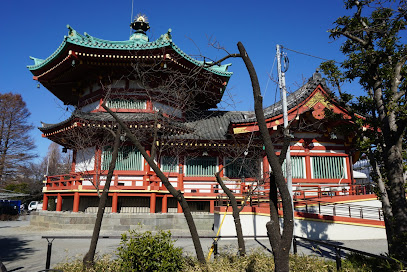
Ueno Park, Statue
Experience the artistic and historical charm of Ueno Park, home to iconic sculptures and lush landscapes in the heart of Tokyo.
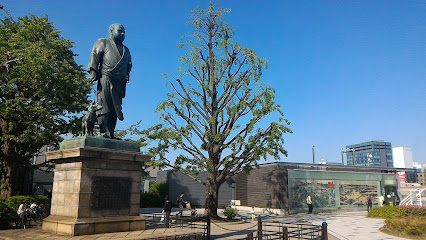
Ueno Daibutsu
Explore Ueno Daibutsu, a magnificent bronze Buddha statue in Tokyo's Ueno Park, surrounded by lush gardens and rich cultural heritage.
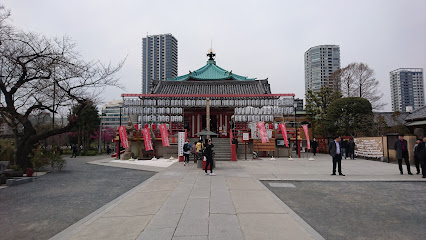
Hanazono Inari Shrine
Experience the tranquil beauty and cultural richness of Hanazono Inari Shrine, a must-visit Shinto shrine in Tokyo’s Uenokoen district.
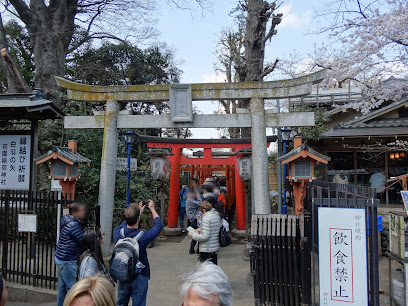
Higashi-Ueno Koreantown
Explore the vibrant Higashi-Ueno Koreantown in Tokyo, where authentic Korean culture meets culinary delights and unique shopping experiences.
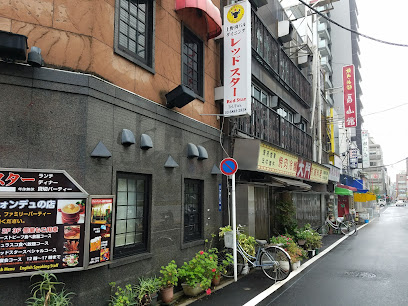
Tokyo Tourist Information Center Keisei Ueno
Discover the heart of Tokyo at the Tourist Information Center Keisei Ueno, your ultimate guide to navigating the city's attractions and culture.
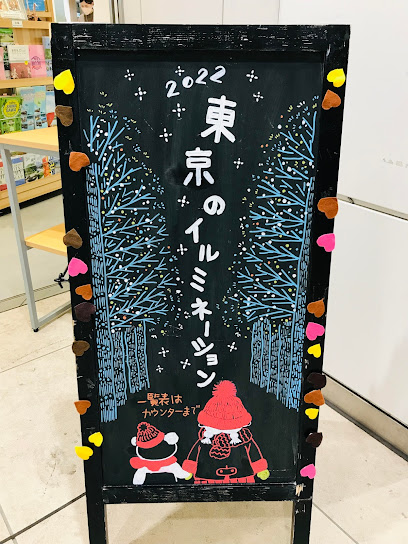
Teppanda
Discover the authentic taste of Japan at Teppanda in Ueno, where traditional cuisine meets a warm, inviting atmosphere for an unforgettable dining experience.

Unmissable attractions to see
Ueno Park
Experience nature and culture in Ueno Park, Tokyo's iconic urban oasis filled with museums, gardens, and vibrant events.
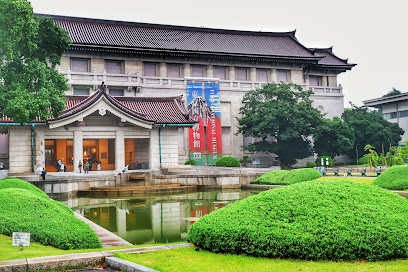
Shinobazu Pond
Discover the tranquil beauty of Shinobazu Pond in Ueno Park, a scenic haven for nature lovers and a cultural gem in the heart of Tokyo.
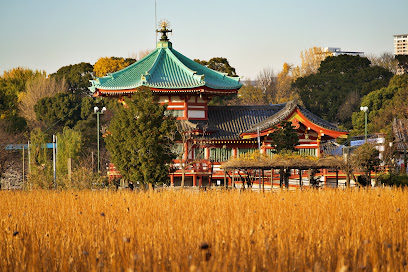
Ueno Toshogu Shrine
Explore Ueno Toshogu Shrine, a serene Shinto shrine in Tokyo, rich in history and stunning architecture, surrounded by the beauty of Ueno Park.
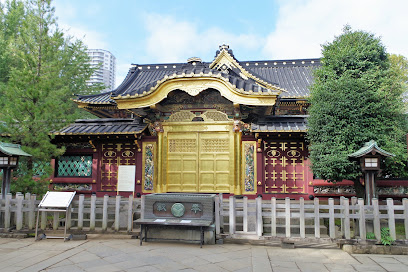
Shinobazunoike Benten-do
Experience the serene beauty and cultural richness of Shinobazunoike Benten-do, a hidden gem in Ueno Park, Tokyo.

Ueno Daibutsu
Explore the Ueno Daibutsu, an iconic cultural landmark in Tokyo's Ueno Park, where art, history, and serenity converge in a tranquil setting.
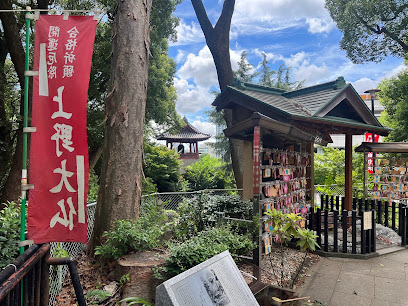
Tokyo National Museum Garden
Discover the tranquil beauty of the Tokyo National Museum Garden, a perfect blend of nature and culture in the heart of Tokyo.
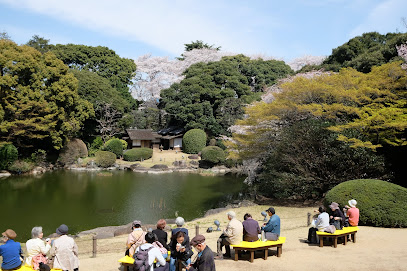
Panda Statues
Discover the whimsical Panda Statues in Ueno, Tokyo - a must-see attraction for animal lovers and a perfect photo opportunity in a vibrant park setting.
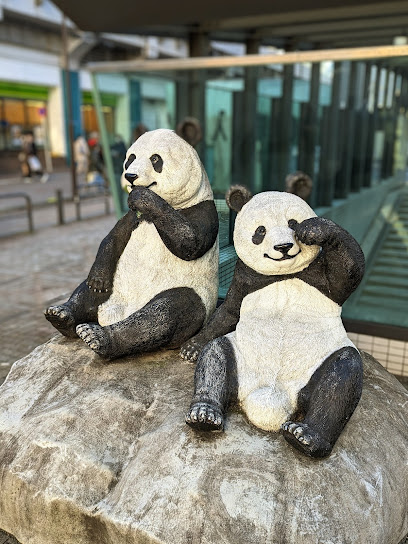
Essential places to dine
Inshotei
Experience authentic kaiseki dining at Inshotei in Ueno Park - where tradition meets culinary artistry.
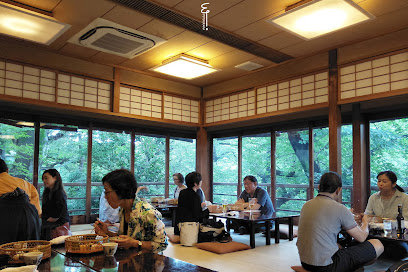
Kurofunetei
Experience the perfect fusion of Western cuisine and Japanese flavors at Kurofunetei in Ueno - where every meal tells a story.
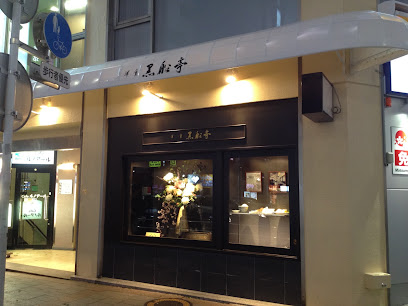
Tokori Ueno Bamboo Garden
Discover the flavors of Yakiniku and Korean barbecue in a serene bamboo garden setting at Tokori Ueno.
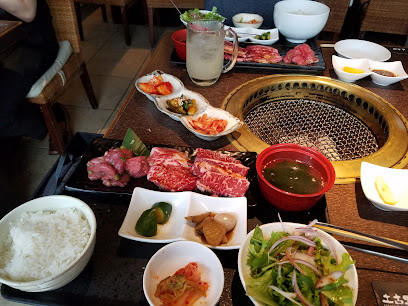
Tokyo Sundubu Ueno-no-mori Sakura Terrace Branch
Discover authentic Korean comfort food at Tokyo Sundubu - home of delicious sundubu jjigae and exquisite tofu dishes in Ueno.
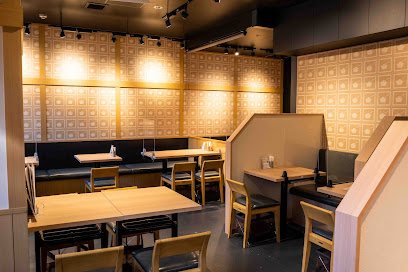
Oto-Oto Ueno bamboo Garden
Discover serenity at Oto-Oto Ueno Bamboo Garden: where traditional Japanese cuisine meets tranquil natural beauty in Tokyo.

Kinojiya
Discover authentic soba noodles and exquisite wines at Kinojiya in Ueno Park – where tradition meets taste in Tokyo's culinary scene.
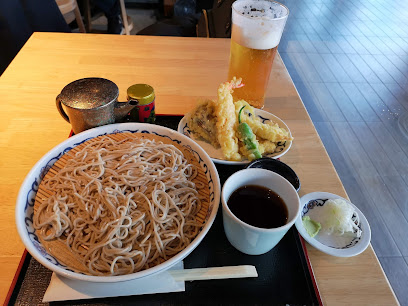
KEEP&TOUCH
Discover the taste of America at KEEP&TOUCH in Taito City, Tokyo - your destination for burgers and steaks.
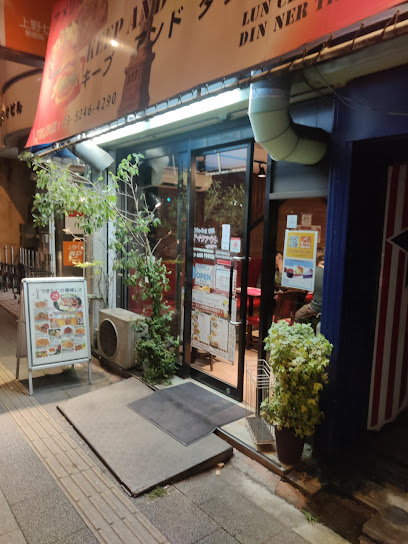
Torimitsukuni Ueno
Experience authentic yakitori at Torimitsukuni Ueno – where every skewer tells a story of flavor in Tokyo's cultural heart.
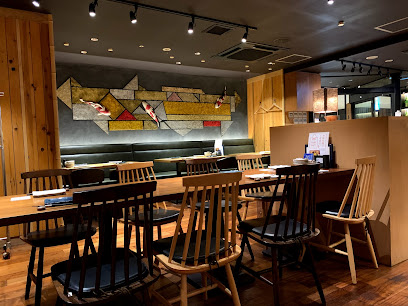
肉と酒 グリルハウス アメ横酒場 上野
Experience the unique fusion of Japanese and Brazilian cuisine at Ueno's modern izakaya, where every meal is a celebration of flavor.
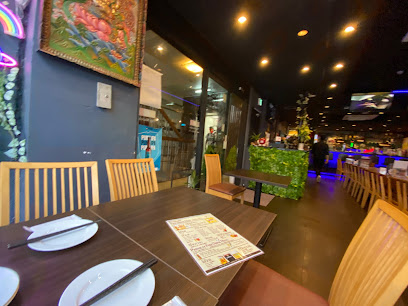
燒肉
Discover the essence of Japanese cuisine at 燒肉 in Ueno - where quality meets tradition in every grilled bite.
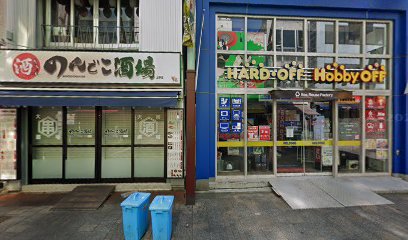
Markets, malls and hidden boutiques
Atre Ueno
Discover the dynamic shopping experience at Atre Ueno, where modern retail meets traditional Tokyo charm in a vibrant atmosphere.
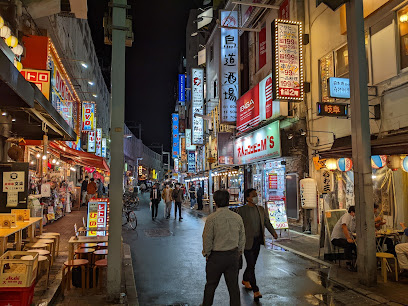
Matsuzakaya Ueno Store
Explore Matsuzakaya Ueno Store, a vibrant department store in Tokyo offering fashion, gourmet food, and unique souvenirs for every traveler.
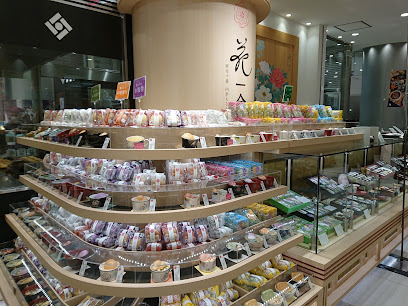
Ueno Marui
Explore Ueno Marui for a unique shopping experience with trendy clothing, novelty gifts, and a taste of vibrant Tokyo culture.
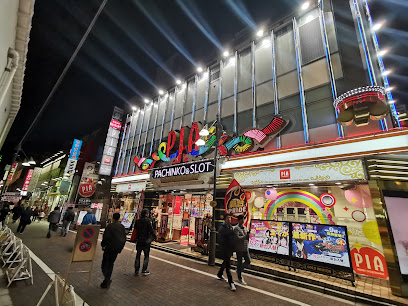
Ueno LOFT
Discover Ueno LOFT: Tokyo's ultimate shopping destination for unique cosmetics, home goods, and delightful stationery.
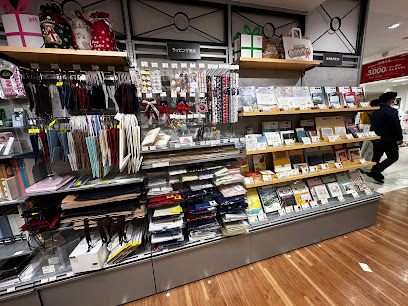
MAGAZINES 上野広小路店
Explore trendy youth fashion and unique second-hand finds at MAGAZINES Ueno, a vibrant destination in Tokyo's bustling shopping scene.
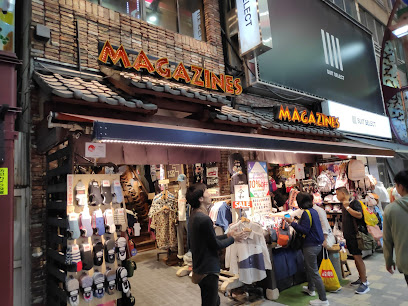
フリークマーケット
Experience the bustling energy and unique fashion finds at Ueno's Freak Market, a vibrant hub for clothing enthusiasts in Tokyo.
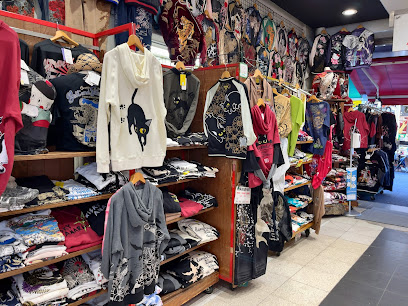
GIFT KEISEI JAPANESE SOUVENIR Ueno Station Store
Explore a delightful selection of authentic Japanese souvenirs at Gift Keisei Ueno Station Store, perfect for capturing your travel memories.
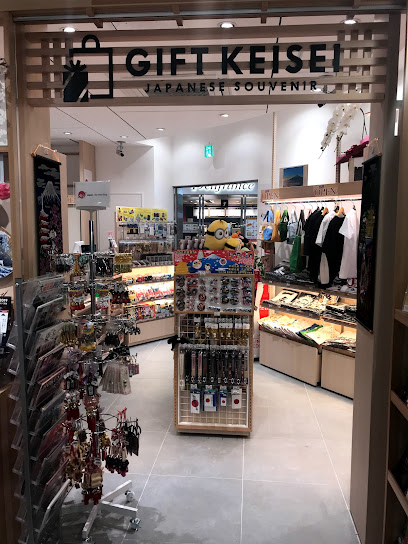
Ueno Ameyokocho Nezu Shoten
Explore Ueno Ameyokocho Nezu Shoten for unique vintage clothing and eclectic finds in the heart of Tokyo, where every piece has a story to tell.

Japanese souvenir store ~YOSHIKIRI~
Explore YOSHIKIRI in Ueno for authentic Japanese souvenirs that beautifully capture the essence of Japan's rich culture and craftsmanship.
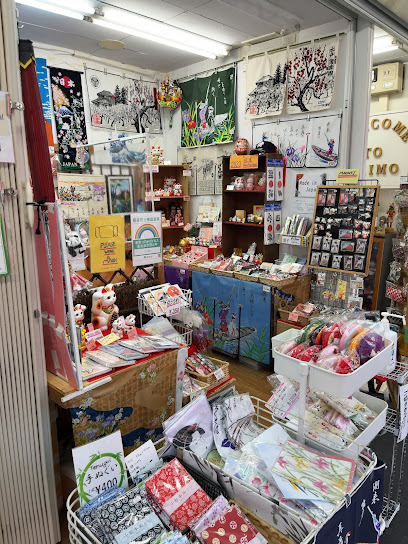
UENO YAMASAN No2
Explore the charm of Ueno Yamasan No2, your go-to souvenir store in Tokyo for unique gifts and authentic Japanese novelties.

Essential bars & hidden hideouts
The Warrior Celt
Experience the warmth of Irish hospitality at The Warrior Celt, Tokyo's premier pub for great drinks, hearty food, and lively conversation.

HUB Ueno Shinobazu St.
Discover the lively spirit of HUB Ueno Shinobazu St. - a pub where tradition meets modernity, perfect for a delightful evening in Tokyo.
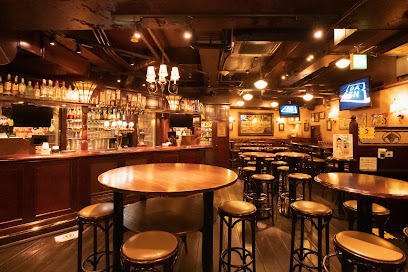
The World End Irish Pub
Experience the vibrant atmosphere of The World End Irish Pub, where authentic Irish culture meets the heart of Tokyo with great food, drinks, and live music.
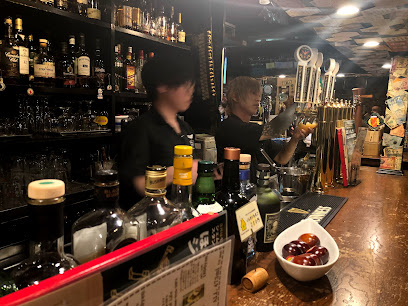
BAR COCKTAIL WORKS 上野
Discover the perfect blend of cocktails and Italian cuisine at BAR COCKTAIL WORKS in Ueno, Tokyo - a hidden gem for food and drink enthusiasts.
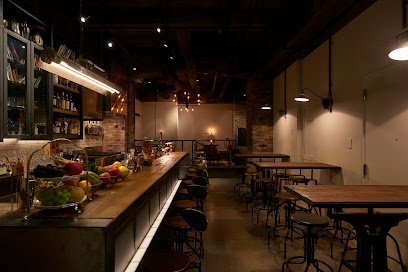
The Auditorium - Japanese Whisky, Cocktail & Good music Bar 上野
Unwind in Ueno at The Auditorium, where exquisite cocktails, Japanese whisky, and live music create an unforgettable nightlife experience.

Luke
Discover Luke Bar in Ueno, where vibrant nightlife meets creative cocktails and a welcoming atmosphere for unforgettable evenings in Tokyo.
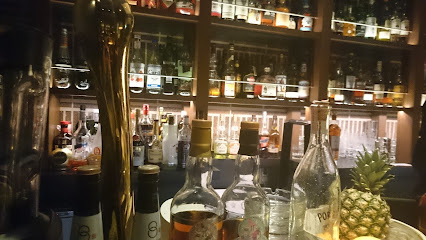
Samurai
Discover the vibrant nightlife at Samurai Bar in Ueno, Tokyo, where exquisite drinks meet the charm of Japanese culture.
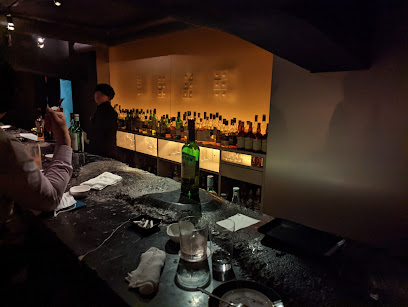
STANDING BAR PARE 晴
Experience the lively ambiance and affordable drinks at Standing Bar PARE, the perfect spot for relaxation in Ueno, Tokyo.
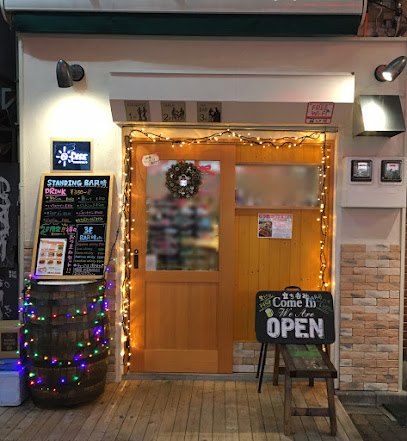
Shot Bar AI
Dive into the vibrant nightlife of Tokyo at Shot Bar AI, where expertly crafted cocktails and a warm atmosphere await in Ueno.

Music Bar Ten Years
Dive into Tokyo's nightlife at Music Bar Ten Years, where great music and vibrant atmosphere create unforgettable experiences.
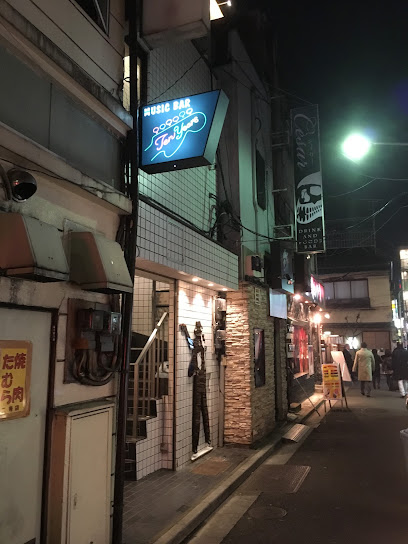
Local Phrases
-
- Helloこんにちは
[Kon'nichiwa] - Goodbyeさようなら
[Sayōnara] - Yesはい
[Hai] - Noいいえ
[Iie] - Please/You're welcomeどうぞ
[Dōzo] - Thank youありがとうございます
[Arigatō gozaimasu] - Excuse me/Sorryすみません
[Sumimasen] - How are you?お元気ですか?
[Ogenki desu ka?] - Fine. And you?元気です。あなたは?
[Genki desu. Anata wa?] - Do you speak English?英語を話せますか?
[Eigo o hanasemasu ka?] - I don't understandわかりません
[Wakarimasen]
- Helloこんにちは
-
- I'd like to see the menu, pleaseメニューを見せてください
[Menyū o misete kudasai] - I don't eat meat私は肉を食べません
[Watashi wa niku o tabemasen] - Cheers!乾杯!
[Kanpai!] - I would like to pay, pleaseお会計をお願いします
[Okaikei o onegaishimasu]
- I'd like to see the menu, pleaseメニューを見せてください
-
- Help!助けて!
[Tasukete!] - Go away!去って!
[Satte!] - Call the Police!警察を呼んで!
[Keisatsu o yonde!] - Call a doctor!医者を呼んで!
[Isha o yonde!] - I'm lost道に迷いました
[Michi ni mayoimashita] - I'm ill具合が悪いです
[Guai ga warui desu]
- Help!助けて!
-
- I'd like to buy......を買いたいです
[… o kaitai desu] - I'm just looking見ているだけです
[Mite iru dake desu] - How much is it?いくらですか?
[Ikura desu ka?] - That's too expensiveそれは高すぎます
[Sore wa takasugimasu] - Can you lower the price?値段を下げてもらえますか?
[Nedan o sagete moraemasu ka?]
- I'd like to buy......を買いたいです
-
- What time is it?今何時ですか?
[Ima nanji desu ka?] - It's one o'clock一時です
[Ichiji desu] - Half past (10)10時半
[Jūji han] - Morning朝
[Asa] - Afternoon午後
[Gogo] - Evening夕方
[Yūgata] - Yesterday昨日
[Kinō] - Today今日
[Kyō] - Tomorrow明日
[Ashita] - 1一
[Ichi] - 2二
[Ni] - 3三
[San] - 4四
[Yon] - 5五
[Go] - 6六
[Roku] - 7七
[Nana] - 8八
[Hachi] - 9九
[Kyū] - 10十
[Jū]
- What time is it?今何時ですか?
-
- Where's a/the...?...はどこですか?
[… wa doko desu ka?] - What's the address?住所は何ですか?
[Jūsho wa nan desu ka?] - Can you show me (on the map)?地図で見せてもらえますか?
[Chizu de misete moraemasu ka?] - When's the next (bus)?次の(バス)はいつですか?
[Tsugi no (basu) wa itsu desu ka?] - A ticket (to ....)(...)へのチケットをください
[(...) e no chiketto o kudasai]
- Where's a/the...?...はどこですか?
History of Ueno
-
Ueno's history can be traced back to the Edo period (1603-1868), when it served as a prominent area for samurai and their families. Ueno was part of the Mito Domain and hosted the Ueno Park area, which was initially developed as a temple precinct. The establishment of the famous Kan'ei-ji Temple in 1625 marked the beginning of Ueno's significance as a religious and cultural center.
-
The Meiji Restoration in the late 19th century brought significant changes to Ueno. The area became a focal point for modernization, with the opening of Tokyo's first railway station, Ueno Station, in 1883, connecting it to the rest of Japan. This period also saw the establishment of several important institutions, including the Tokyo National Museum in 1889, which helped to foster a greater appreciation for Japanese art and culture.
-
Ueno Park, established in 1873, emerged as one of Tokyo's first public parks and played a crucial role in the cultural life of the city. The park is home to several museums, a zoo, and numerous cherry blossom trees, making it a popular destination for both locals and tourists. The annual cherry blossom festival highlights Ueno's cultural significance and its connection to traditional Japanese aesthetics.
-
Following World War II, Ueno underwent significant reconstruction and revitalization. The area became a hub for education and culture, with the establishment of various universities and cultural institutions. The Ueno Zoo, which opened in 1882, was also rebuilt and continues to be a popular attraction, symbolizing the resilience and enduring charm of Ueno in the face of adversity.
-
Today, Ueno is a vibrant neighborhood that seamlessly blends its rich historical heritage with modern urban life. The area attracts visitors with its historical sites, museums, and lively street markets, reflecting the dynamic spirit of Tokyo. Ueno's cultural festivals, such as the Ueno Sakuradai Matsuri, continue to celebrate the area's traditions, making it a unique place within the bustling metropolis.
Ueno Essentials
-
Ueno is easily accessible from various neighborhoods in Tokyo. The Ueno Station serves as a major transport hub with connections to the JR Yamanote Line, JR Keihin-Tohoku Line, and the Tokyo Metro Ginza Line. From Shibuya, take the JR Yamanote Line to Ueno, which takes approximately 30 minutes. From Shinjuku, use the JR Chuo Line to Tokyo Station and transfer to the JR Yamanote Line. From Narita International Airport, you can take the Narita Express directly to Ueno Station.
-
Ueno is a walkable neighborhood, making it easy to explore on foot. Public transport options include buses and the Tokyo Metro, with Ueno Station providing access to multiple lines. Bicycles can also be rented at various locations, promoting a convenient way to navigate the area. Taxi services are available but can be more expensive.
-
Ueno is generally safe for tourists, but it is wise to remain vigilant, especially in crowded areas like Ueno Park and Ameyoko Market. Petty theft can occur, particularly in busy places. Avoid walking alone late at night in less populated areas, especially around the Ueno Park outskirts. Keeping valuables secure and being aware of your surroundings is advisable.
-
In case of emergencies, dial 110 for police and 119 for fire and ambulance services. Hospitals and clinics are available in Ueno, with bilingual staff at major facilities. It is recommended to carry a travel insurance card and have a list of emergency contacts saved on your phone.
-
Fashion: Do dress modestly, especially when visiting temples in Ueno Park. Avoid wearing overly casual attire. Religion: Do respect local customs; remove your shoes when entering temples or shrines. Public Transport: Do offer your seat to the elderly and pregnant individuals. Don't use your phone in quiet cars. Greetings: Do bow slightly when greeting someone; a smile goes a long way. Eating & Drinking: Do enjoy street food in designated areas. Don't eat while walking, as it's considered impolite.
-
To experience Ueno like a local, visit the Ameyoko shopping street for fresh produce and local snacks. Try to catch a traditional performance at the Tokyo Bunka Kaikan or enjoy a day at the Ueno Zoo. Engage with locals at neighborhood cafes to learn more about their lives and get recommendations. Consider visiting during festivals, like the Ueno Sakura Matsuri in spring, for a unique cultural experience.
Trending Landmarks in Ueno
-
Ueno Zoological Gardens
-
Ueno Park
-
Tokyo National Museum
-
Shinobazu Pond
-
Ueno Ameyoko Shopping District
-
Ameyoko Shopping District
-
Ueno Toshogu Shrine
-
Shinobazunoike Benten-do
-
Ueno Park, Statue
-
Ueno Daibutsu
-
Hanazono Inari Shrine
-
Higashi-Ueno Koreantown
-
Tokyo Tourist Information Center Keisei Ueno
-
Teppanda
Nearby Cities to Ueno
-
Things To Do in Nagoya
-
Things To Do in Kanazawa
-
Things To Do in Kyoto
-
Things To Do in Nara
-
Things To Do in Osaka
-
Things To Do in Hiroshima
-
Things To Do in Sapporo
-
Things To Do in Fukuoka
-
Things To Do in Pohang
-
Things To Do in Gyeongju
-
Things To Do in Ulsan
-
Things To Do in Busan
-
Things To Do in Andong
-
Things To Do in Daegu
-
Things To Do in Chuncheon













